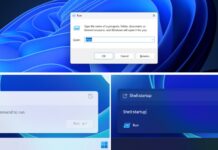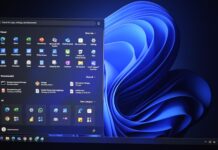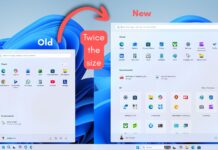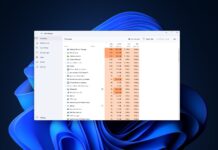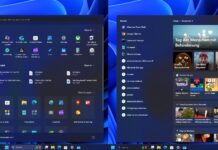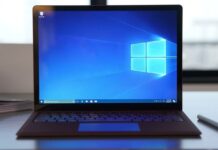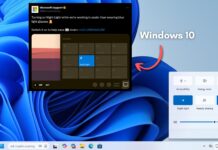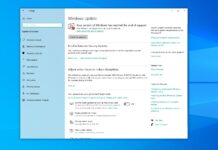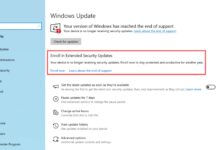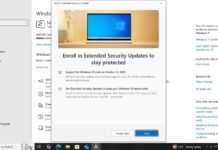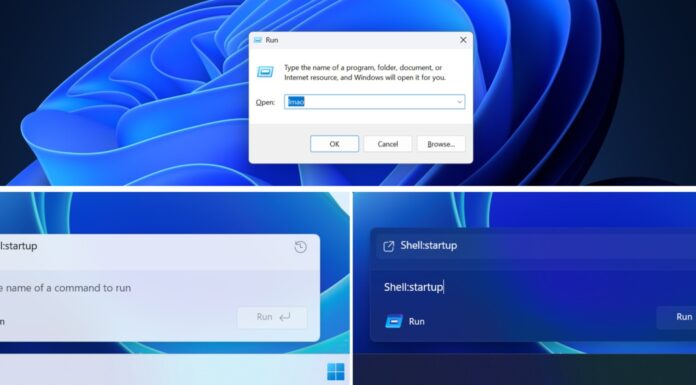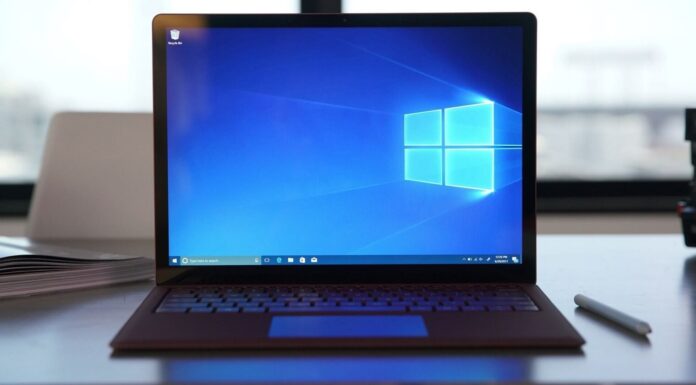KDE has launched a new “W10 for Exiles” campaign to encourage users to drop their plans for Windows 11 and immediately consider switching to Plasma if they’re stuck with Windows 10. This comes five months ahead of Windows 10’s end-of-support date, which is October 14, 2025.
While it’s a pretty good time to campaign for Linux, KDE’s “W10 for exiles” is overdramatic, outright fearmongering and riding on the anti-Windows wave instead of promoting the benefits of open-source products.
KDE’s campaign kicks off by calling Windows 10-powered PCs a “toast” and claims Microsoft wants to turn the OS into a “junk”. And I’m not making this up. It’s straight from the KDE organisation’s website (kde.org/for/w10-exiles/), and they have even made an image that shows a Windows PC in an obsolete state.
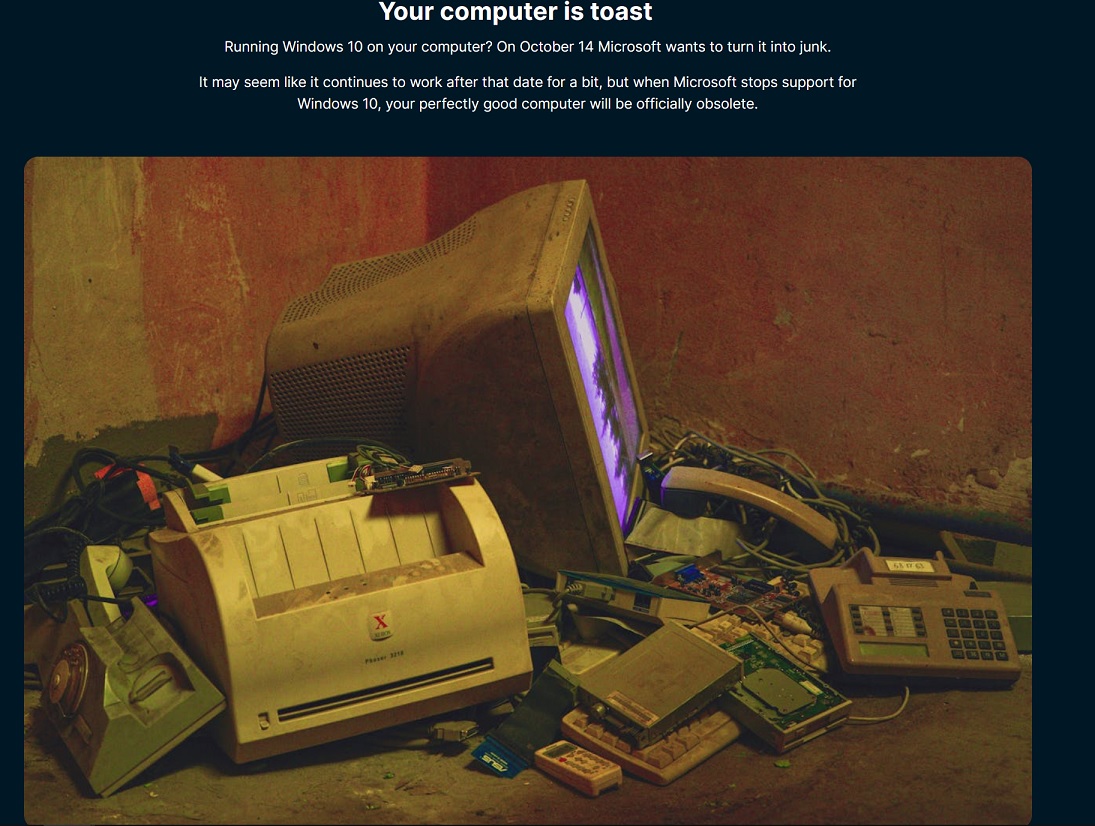
While it’s true that Windows 10 end-of-support means the operating system won’t get updates anymore, calling older PCs “toast” is far-fetched because most Windows 10 PCs just run fine.
The latter part of KDE’s campaign takes a very aggressive tone against Microsoft, claiming that end-of-support for a product is “extortion.”
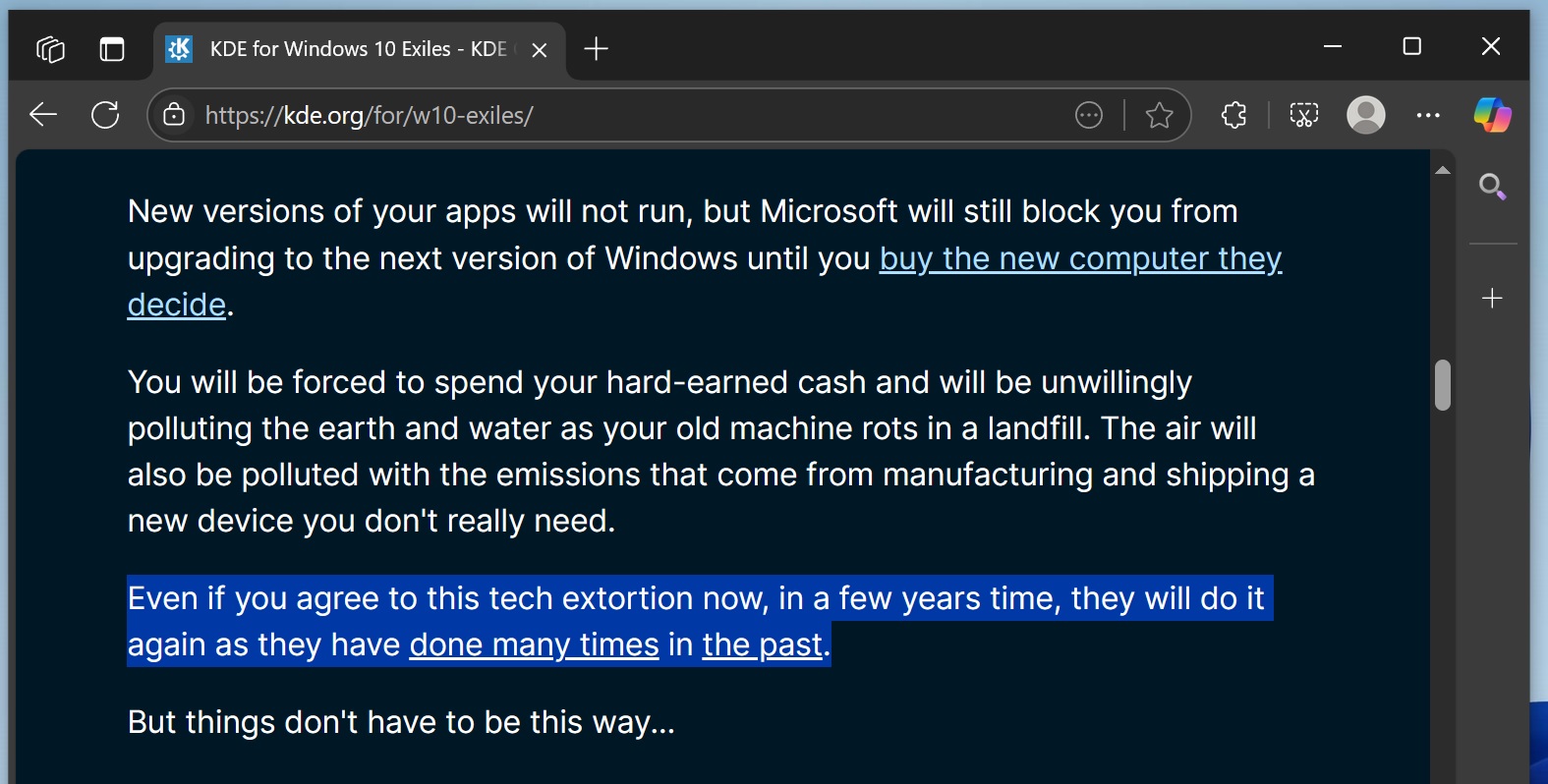
“Even if you agree to this tech extortion now, in a few years’ time, they will do it again as they have done many times in the past,” KDE says in its campaign.
It’s a great example of fearmongering because it’s not even close to reality. Especially when Microsoft provides multiple upgrade paths, including optional ESUs
While it’s true Windows 10 support is ending, Microsoft has been clear about that since day one. Not just Microsoft. Every paid software that doesn’t have a subscription has an end-of-support deadline.
In this case, Microsoft is ending support for Windows 10 after 10 years, and users have the choice to keep using Windows 10 or switch to Windows 11.
It’s also possible to install Windows 11 on unsupported PCs if you want to. It’s not like a Windows 10 PC would just stop working after its end of support. Most regular users wouldn’t even notice a difference immediately.
Otherwise, you can pay $30 to extend security updates for Windows 10 or just keep using the operating system without monthly security updates. There are third-party antivirus software programs that would keep your PC protected as well.
KDE argues that Windows has ads, full-screen pop-ups and more, which Plasma doesn’t
Microsoft shows some “ads” in the Start menu or Settings for its own products, but they can be turned off, and we have never seen third-party ads in the operating system. It’s either a recommendation to use Bing or Microsoft Edge, but you’re never going to run into a proper advertisement on Windows 11, which can’t be turned off.
Microsoft isn’t forcing anyone to throw away their PC, as KDE is trying to imply in its campaign.
| KDE implies | Reality |
|---|---|
| “Your computer is toast after October 14” | Windows 10 still works. Only security updates stop. |
| “Microsoft uses tech extortion” | Ending support after 10 years is standard industry practice. |
| “Windows is filled with ads everywhere” | Some ads or “suggestions” exist but can be turned off easily. |
| “You are forced to buy a new PC” | Many older PCs support Windows 11 or can use workarounds. |
| “Linux has no issues” | Linux has hardware, software, and usability challenges too. |
| “Windows spies on everything” | Windows has telemetry controls. |
As much as I love open-source products and use them myself all the time, the campaign doesn’t do justice to that and instead rides on “anti-Windows.” Is that going to convince people to give Linux a try? I really don’t think so.
According to StatCounter, Linux market share still hangs around 4% or less, while Windows has a 70% market share.
Open-sourced products deserve more market share and support, but fear-based messaging may alienate the very users they hope to attract. What do you think about the campaign?

